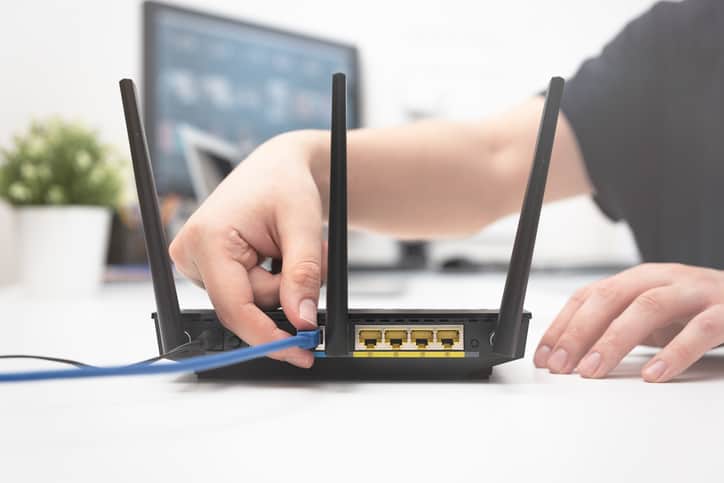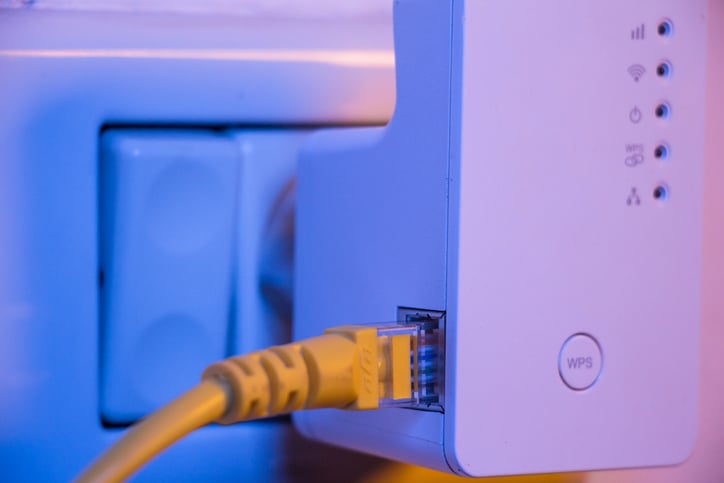Where T1 is Still Fastest: Rural Businesses Stand to Benefit from the Classic Internet Technology
First implemented in 1984, T1 technology is now more than thirty years old. In an industry driven by Moore’s Law – i.e. the prediction, by Intel and Fairfield Semiconductor founder Gordon Moore, that advancements in digital electronics will double every year – thirty years is a long, long time.
In the eighties, T1 was absolutely revolutionary. A fiber optic or copper T1 line has 24 channels operating at 1.544 Mbps both downlink and uplink, speeds that once set the standard for online transmission. Today, however, T1 is outstripped by newer technologies like mobile broadband, cable, DSL, and Ethernet over Copper (EoC).
If it’s outdated, why use T1?
While T1 technology is far from the fast track it once was, there are still reasons to use T1. The main one? Faster technology – like cable, DSL, and EoC – is not available in rural communities. Also, while 3G is available in rural communities and does boast higher speeds, mobile broadband is often unreliable outside the city grid and, as a result, 3G often operates at well below advertised speeds in rural areas.
Aside from availability, there are three major benefits to T1 that explain why, thirty years later, this product is still on the market:
- Symmetrical bandwidth: Unlike cable and DSL, T1 has synchronous download and upload speeds. Both operate at 1.544 Mbps. This means that the T1 uplink is still very decent, even when compared to modern competitors. In congested urban markets, for example, uplink can fall below 1 Mbps even for DSL subscribers.
- Wireline reliability: Mobile broadband is great, but the nature of wireless connections is that they are more unreliable than wireline connections. Wireline connections minimize data packet loss, which maximizes connectivity. For rural communities without access to DSL, cable, or EoC, T1 is the fastest available wireline connection.
- Virtually no latency: Latency can be a female dog. Satellite Internet, for example, is faster than T1 (10 Mbps down, 2 Mbps up) and just as readily available, but a 500-1500 ms latency means satellite subscribers experience crazy lags that T1 subscribers just don’t. T1 has a latency of 3-5 seconds. Because latency can be disruptive, low latency equals greater reliability.
Who uses T1?
Because T1 is reliable and can accommodate 24 users without degrading quality, it is ideal for medium-sized to large businesses, busy offices, and call centers. Providers market dedicated T1 lines to rural businesses in particular and, for a cost, will run lines to almost anywhere.
Unfortunately, the high cost of installation (running lines from a local hub miles away) and monthly subscription make T1 an unreasonable Internet solution for rural residences.
What can T1 do?
A standard or bonded T1 connection supports emailing file sharing, web hosting, data backup, standard definition video conferencing, and accessing VPNs…so all the basic business functions, but nothing too fancy.
How much does a T1 line cost?
A T1 subscription cost between $200 and $1200 per month. Installation is sometimes free but, depending on how far your business is from the local hub, you could pay up to $40,000.



